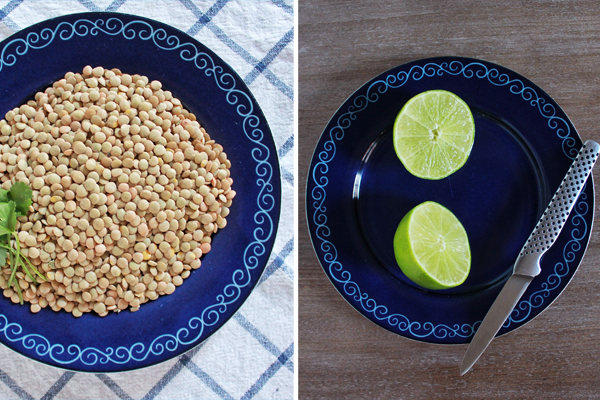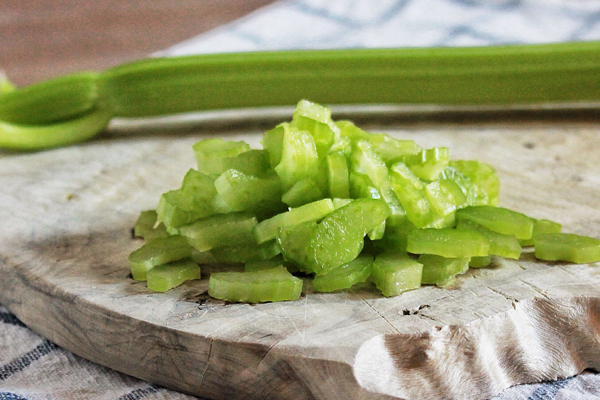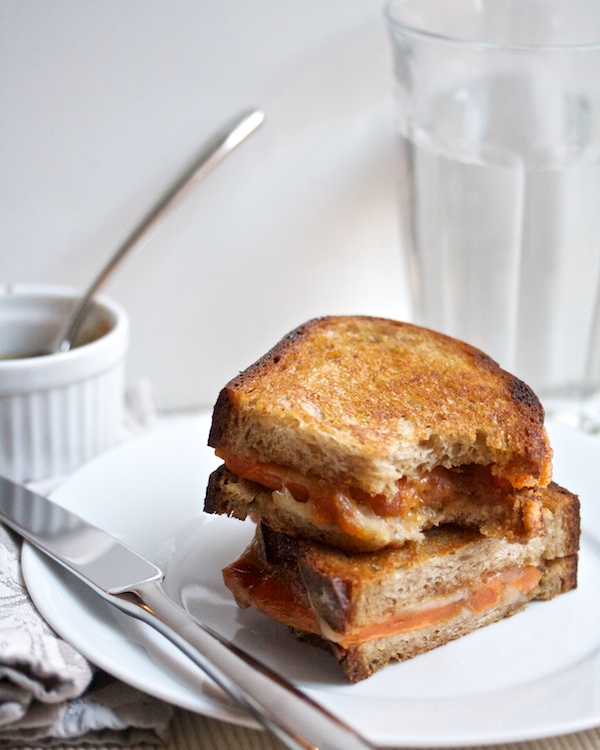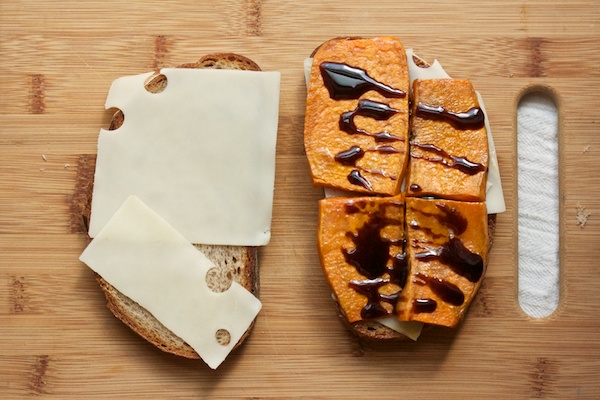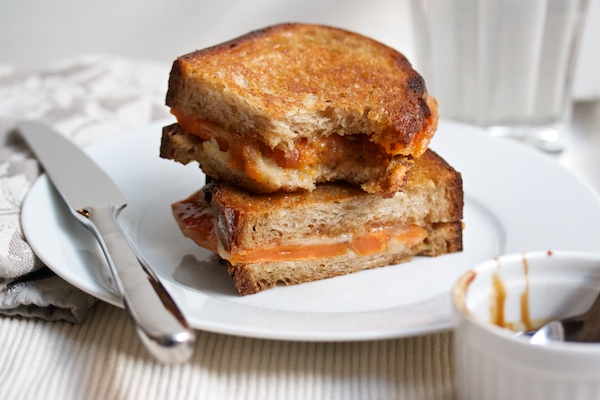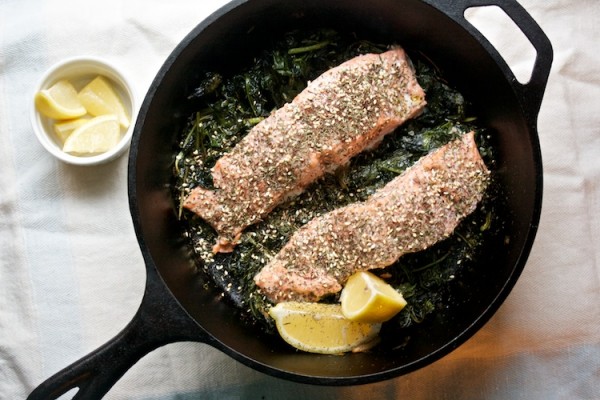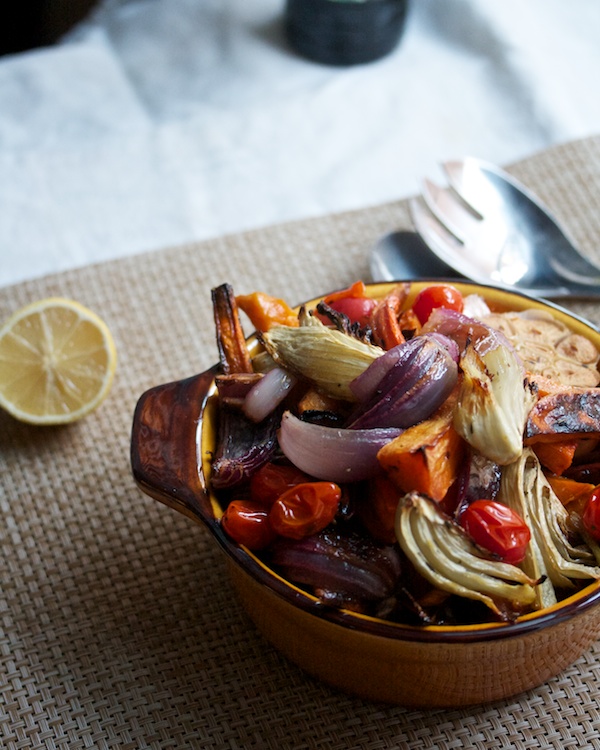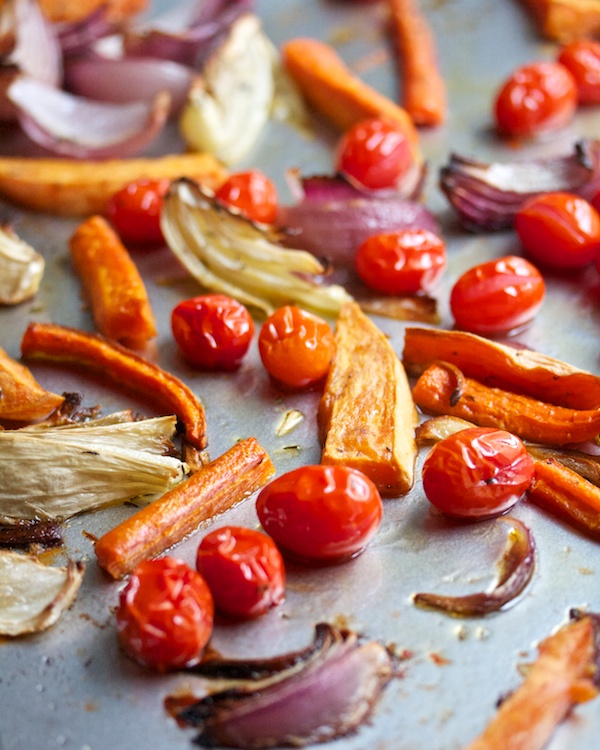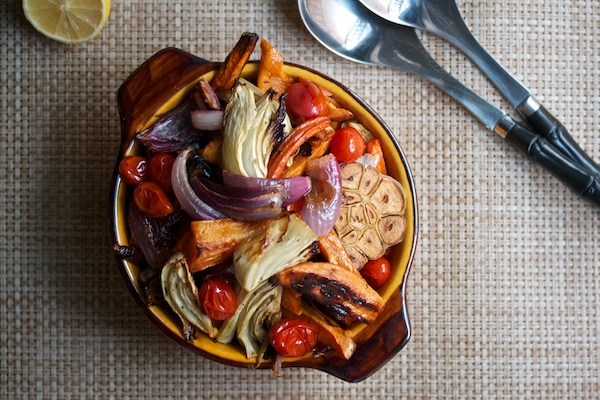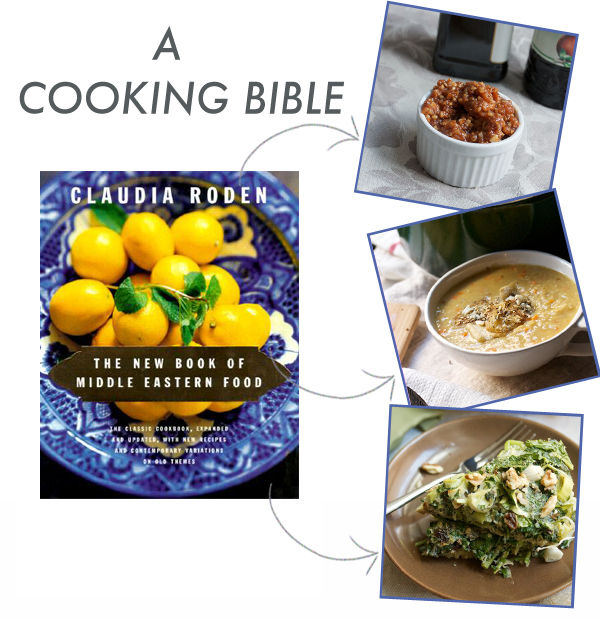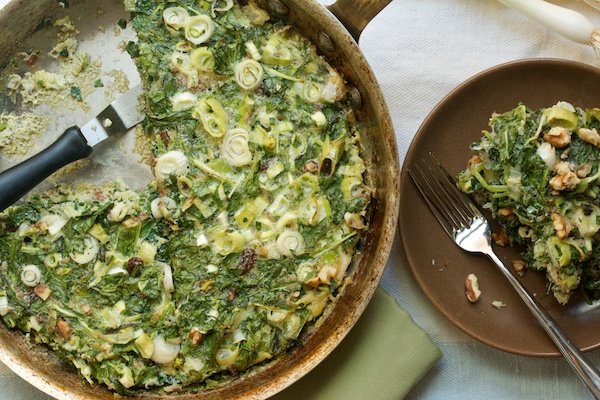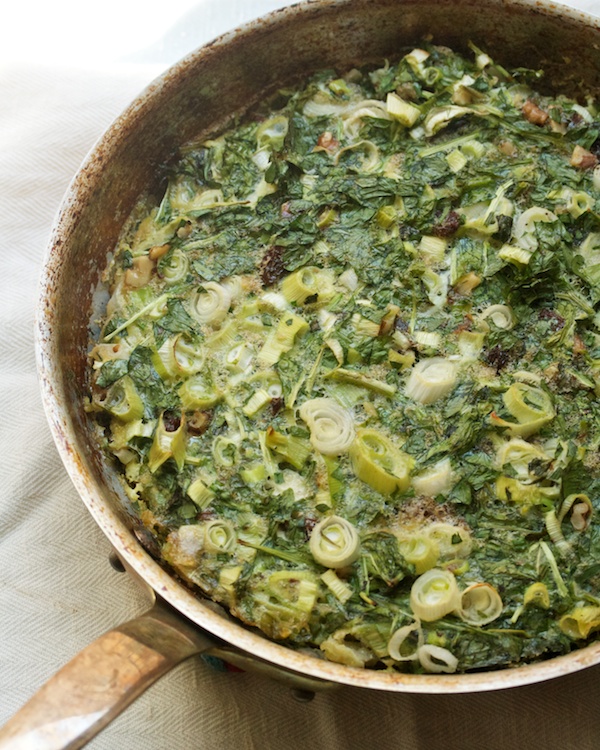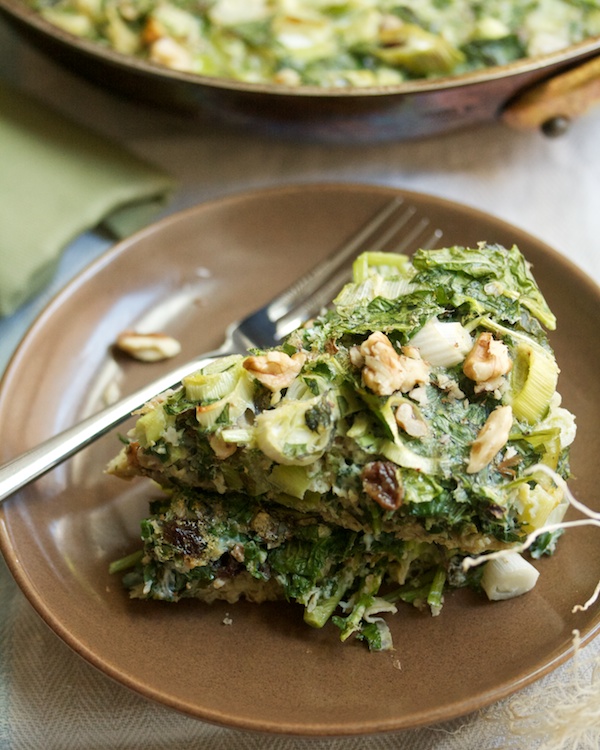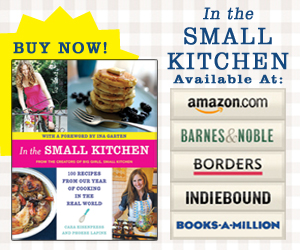One of my favorite takeaways from my college education as a comparative literature student is the term synecdoche-using the part to refer to the whole. In baking, we use images in our heads of flour (scattered all over our aprons), butter (creamed to whipped perfection), and sugar (its crystals dazzling in the light) to stand in for the entire process of making cookies or loaf cake. In reality, there’s chocolate chips and vanilla extract and a couple of eggs in the batter, too.
But today, the part is really the whole cookie. Today’s butter cookies contain nothing but butter, sugar, and flour. Of course, we use some nuts for garnish, but let’s let the synecdoche stand.

These cookies hail from the Middle East. As my year of exploring Middle Eastern cuisine for Sargento winds down, I went through the archives and noticed there were no desserts. I’ve tried pomegranate molasses on grilled cheese sandwiches and made lentils every which way. I got stupidly obsessed with za’atar and dukkah. But I haven’t shared anything sweet. Perhaps this is because cheese doesn’t figure in Middle Eastern dessert (though there are plenty of delicious-looking milky puddings). So today we’re venturing away from the cheese and the savory so that I can share these cute, simple, three-ingredient cookies with you in time to get them on your Christmas table.
Yesterday I shared a holiday tart, kicking off a sweets week of sorts. Tomorrow, we’ll have chocolate-dipped shortbread gems from a really talented contributor, so keep your sweet teeth tuned in!
This sponsored post is part of an ongoing collaboration with Sargento, called Flavor Journey. Throughout this year, with the support of Sargento, I’ve been exploring Middle Eastern cuisine–at home, in Brooklyn, at cooking classes, and wherever the flavors may take me. You can see the whole series here. Sponsored posts let me do some of my best work on this blog, and I only ever work with brands whose values and products mesh with the content I love to produce for you. Here’s my affiliate disclosure.



